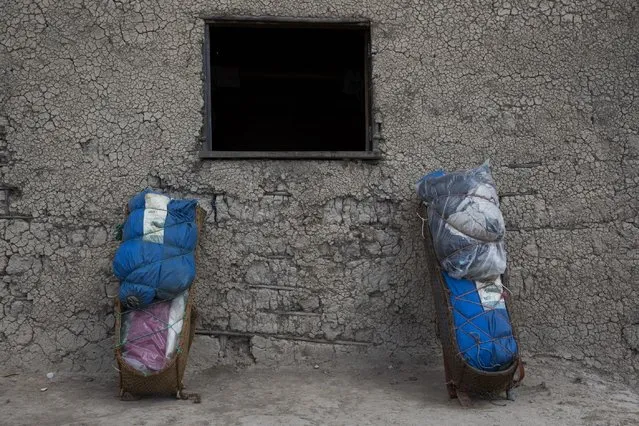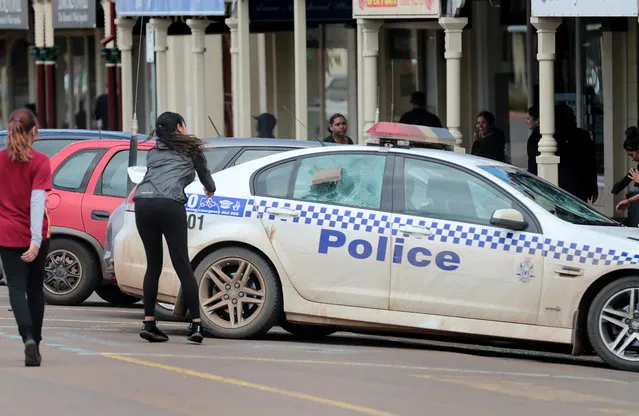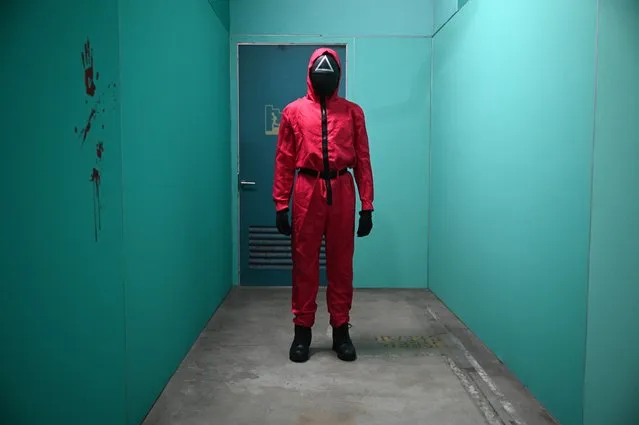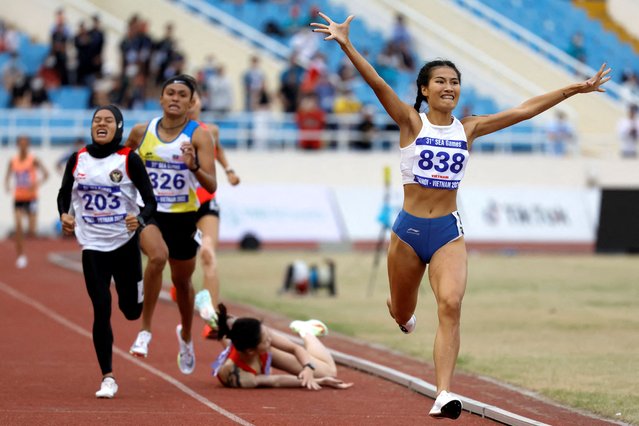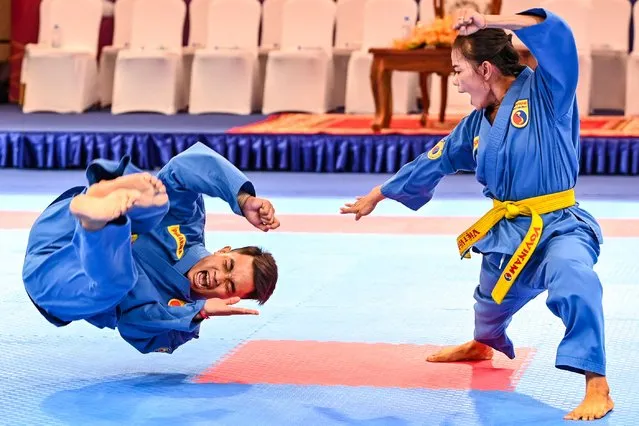
Cosplay fans (R) take selfies as comic book and gaming fans attend the annual Ani-Com and Games Fair in Hong Kong on July 28, 2017. Tens of thousands were expected to attend the annual event on animation, comics and games, from July 28 to August 1. (Photo by Isaac Lawrence/AFP Photo)
30 Jul 2017 05:50:00,post received
0 comments


